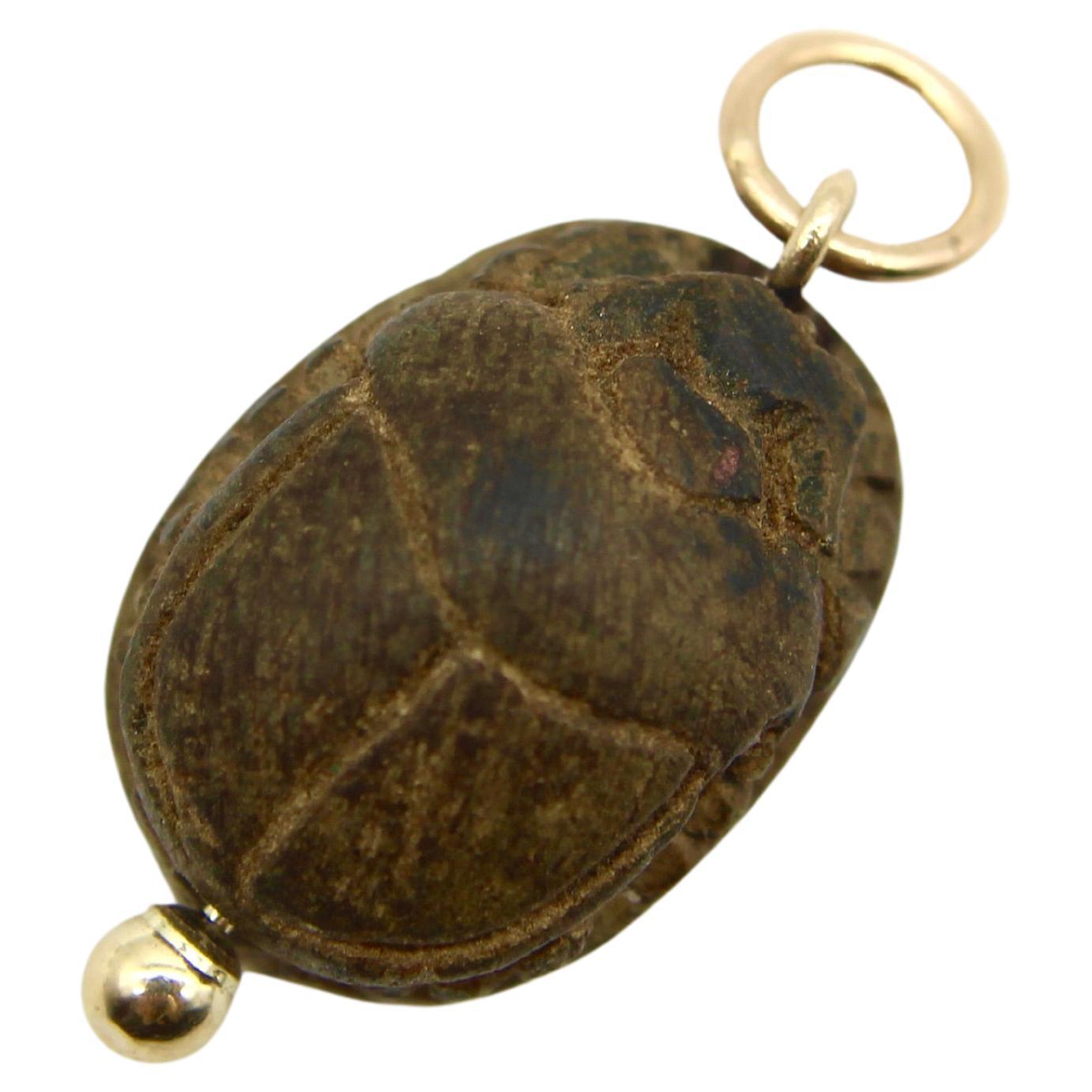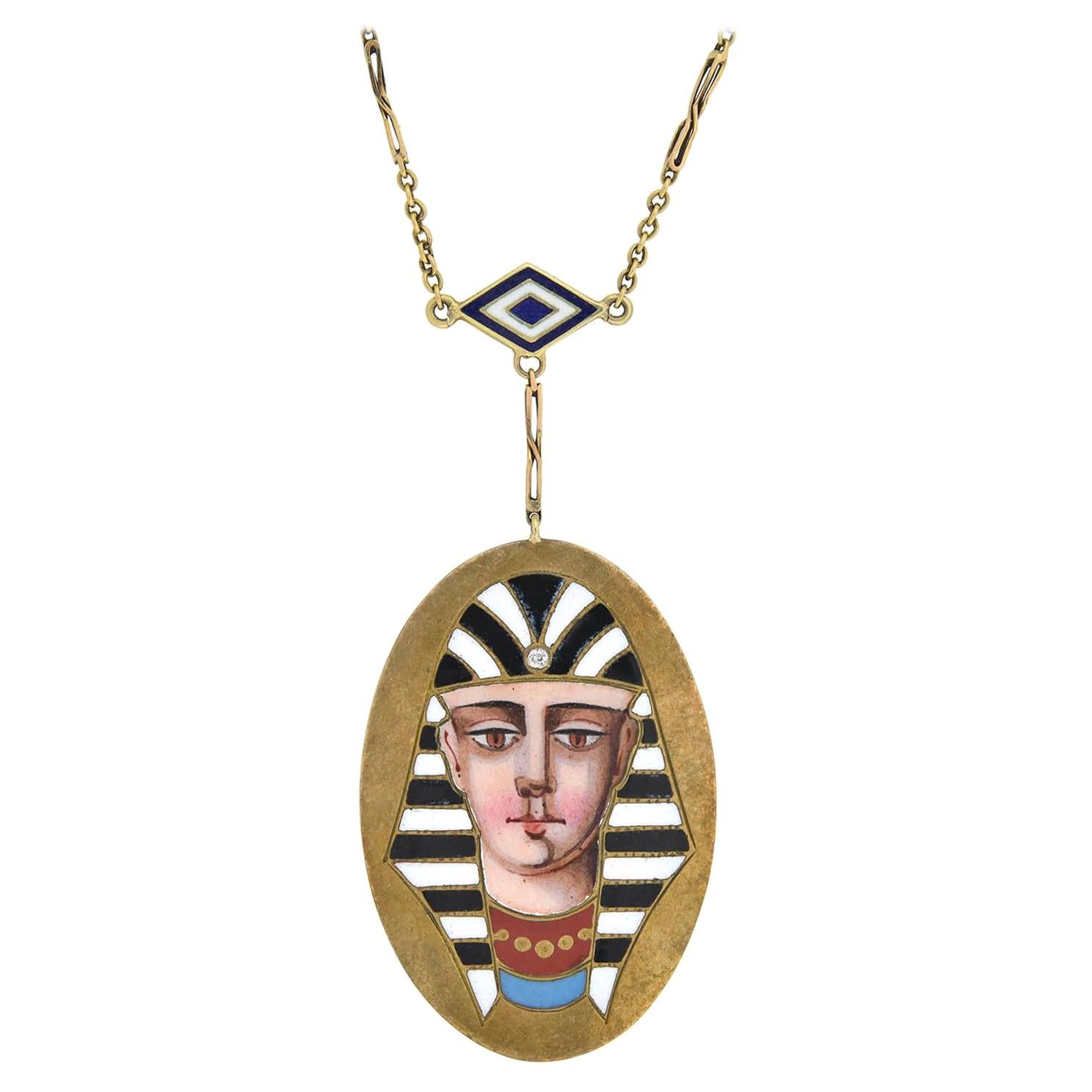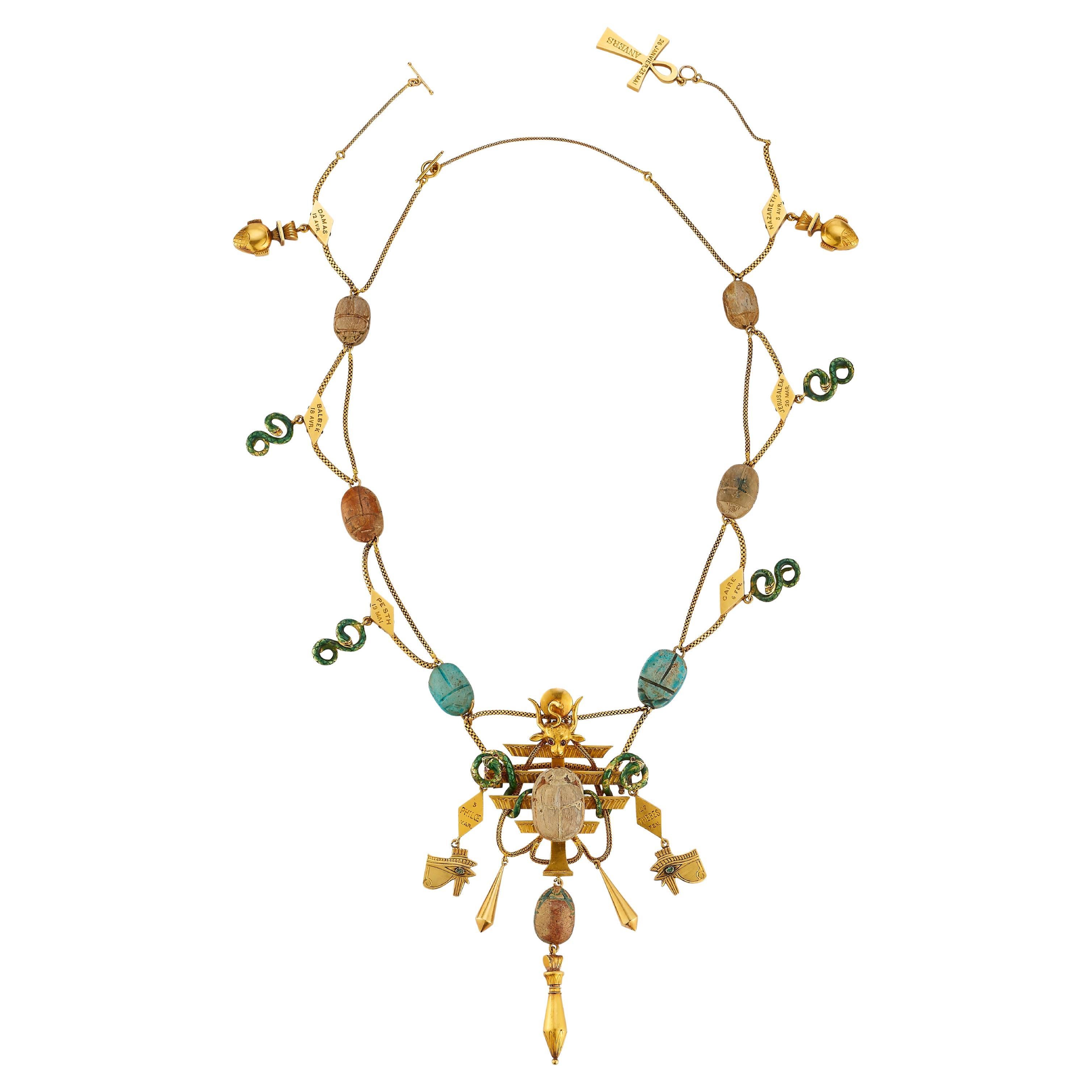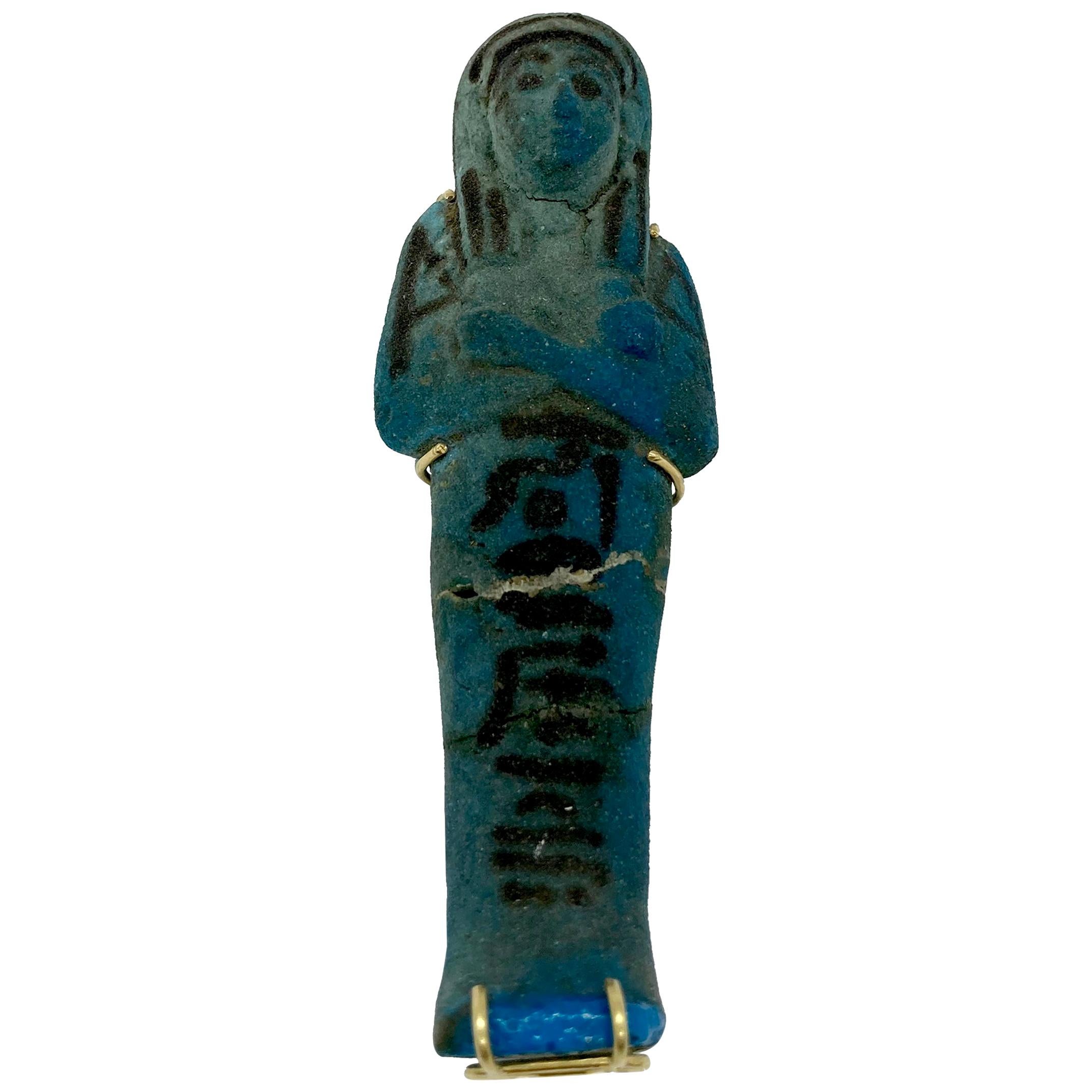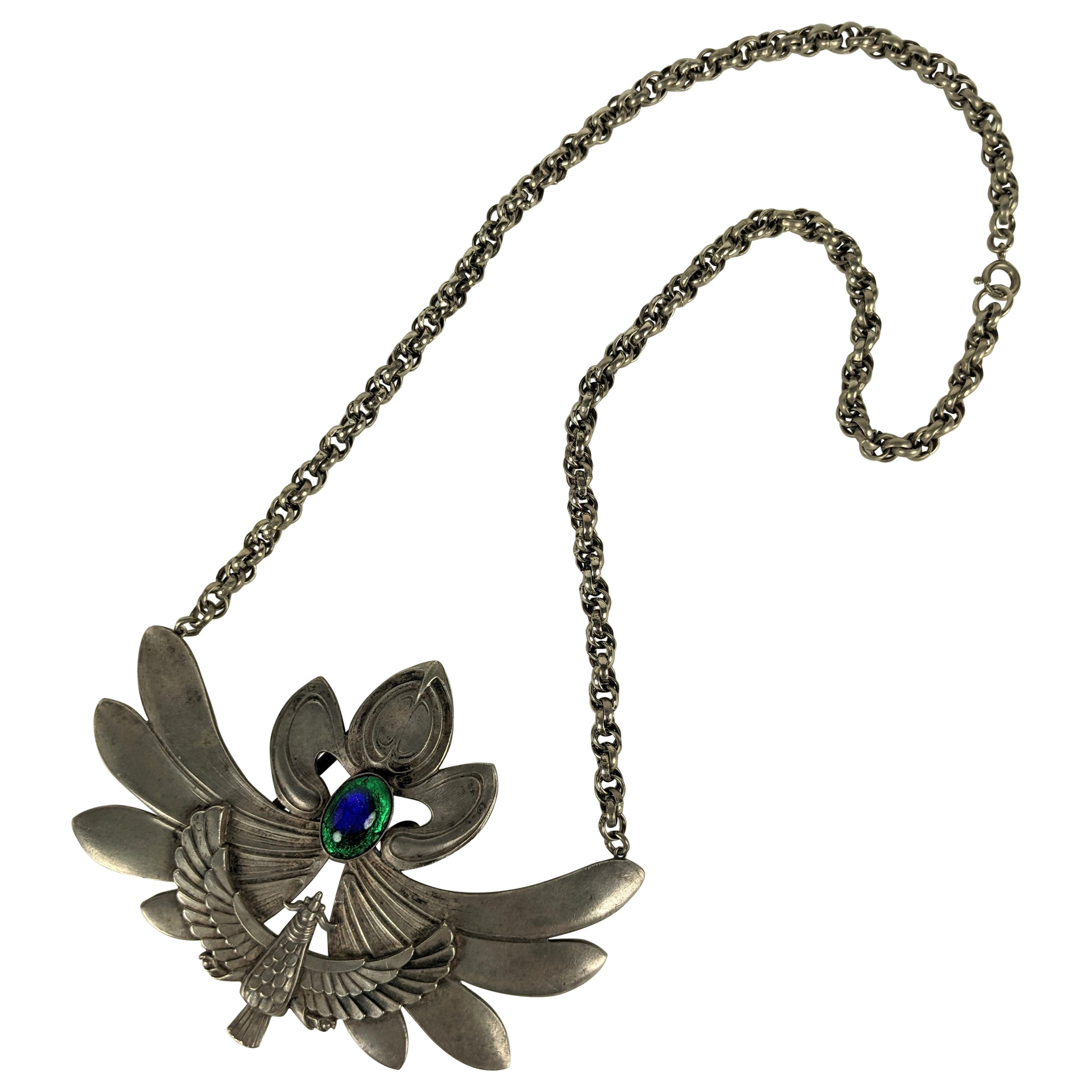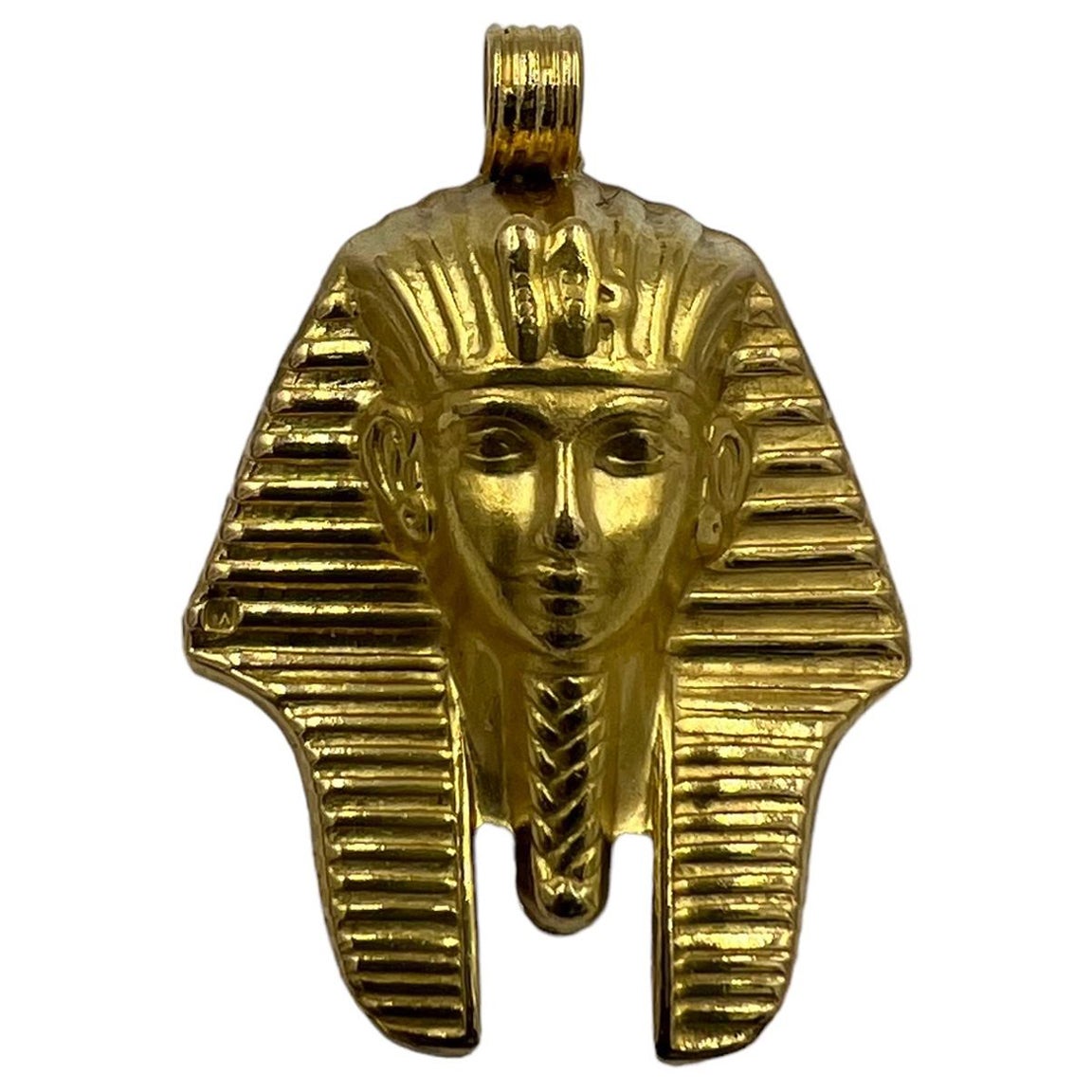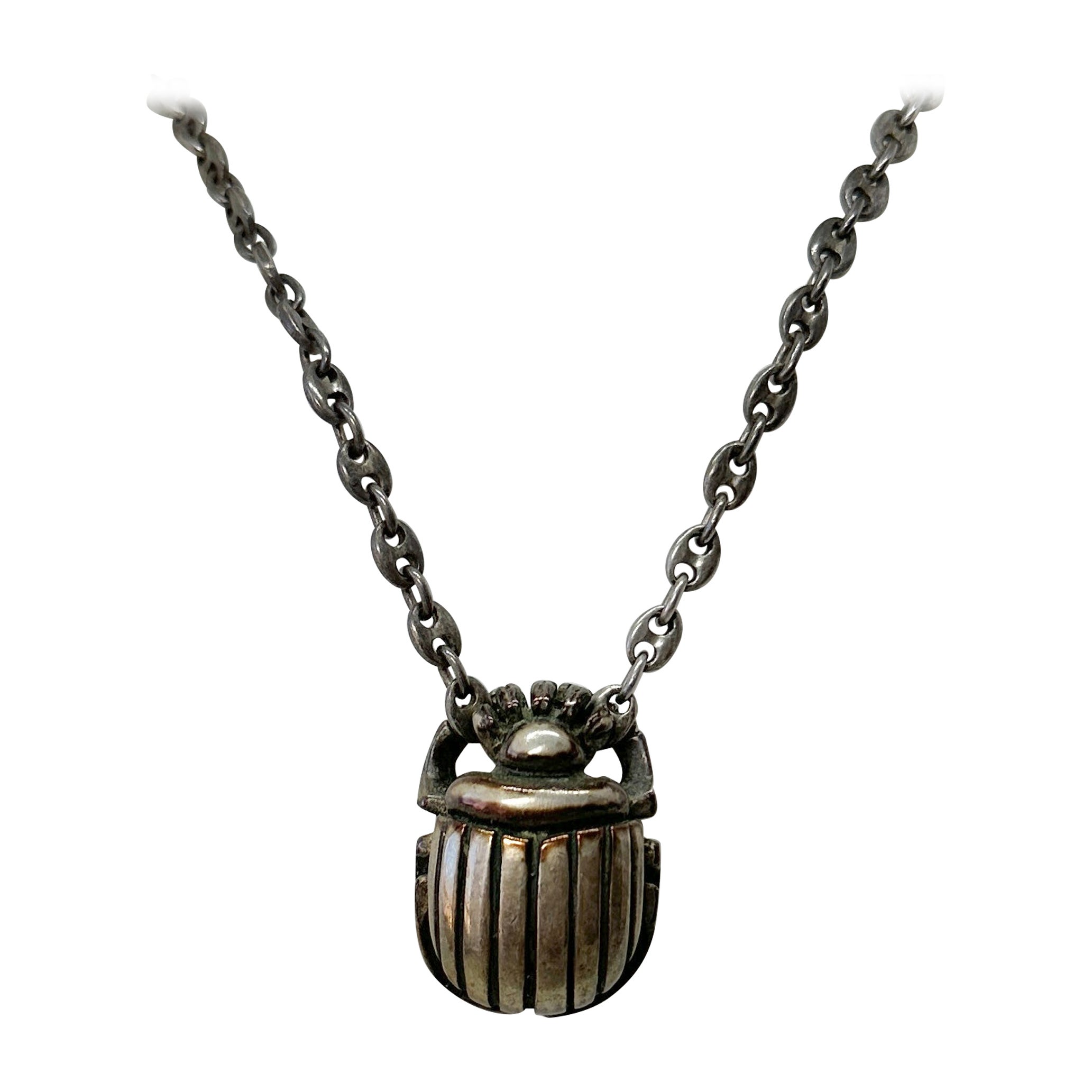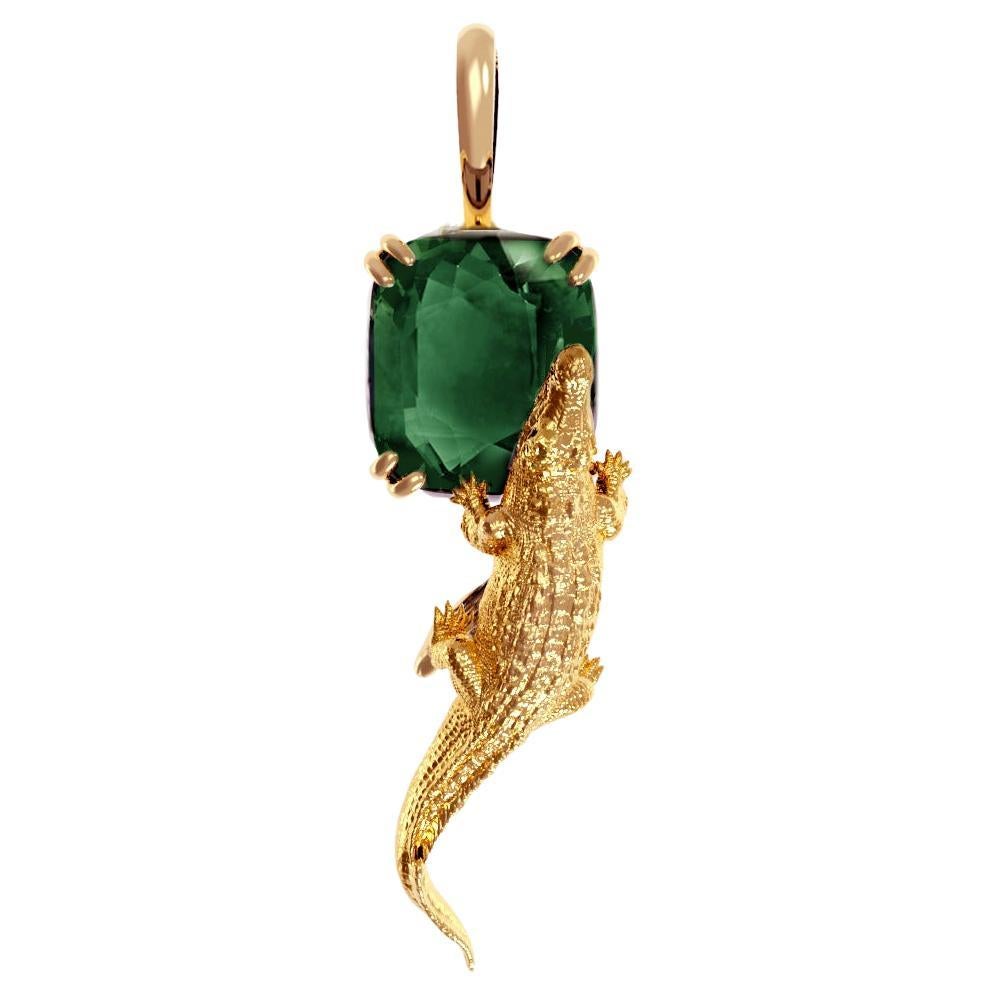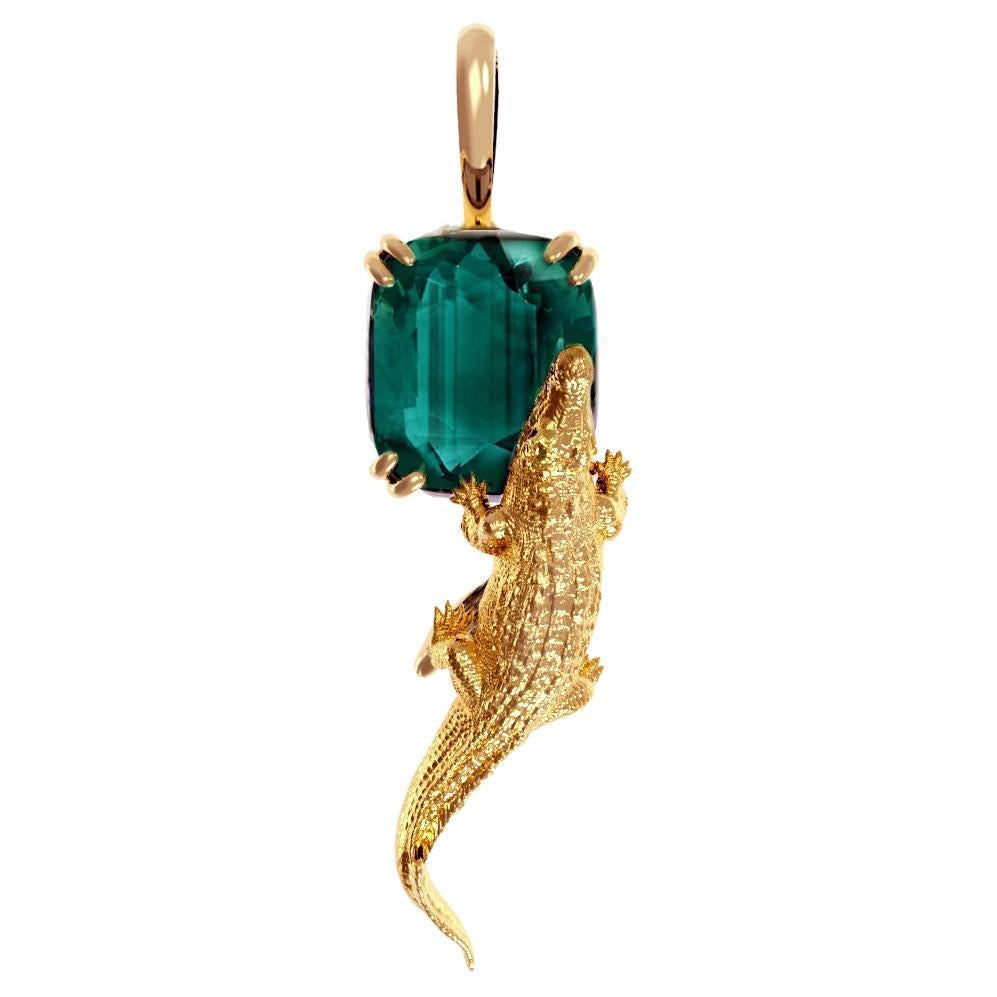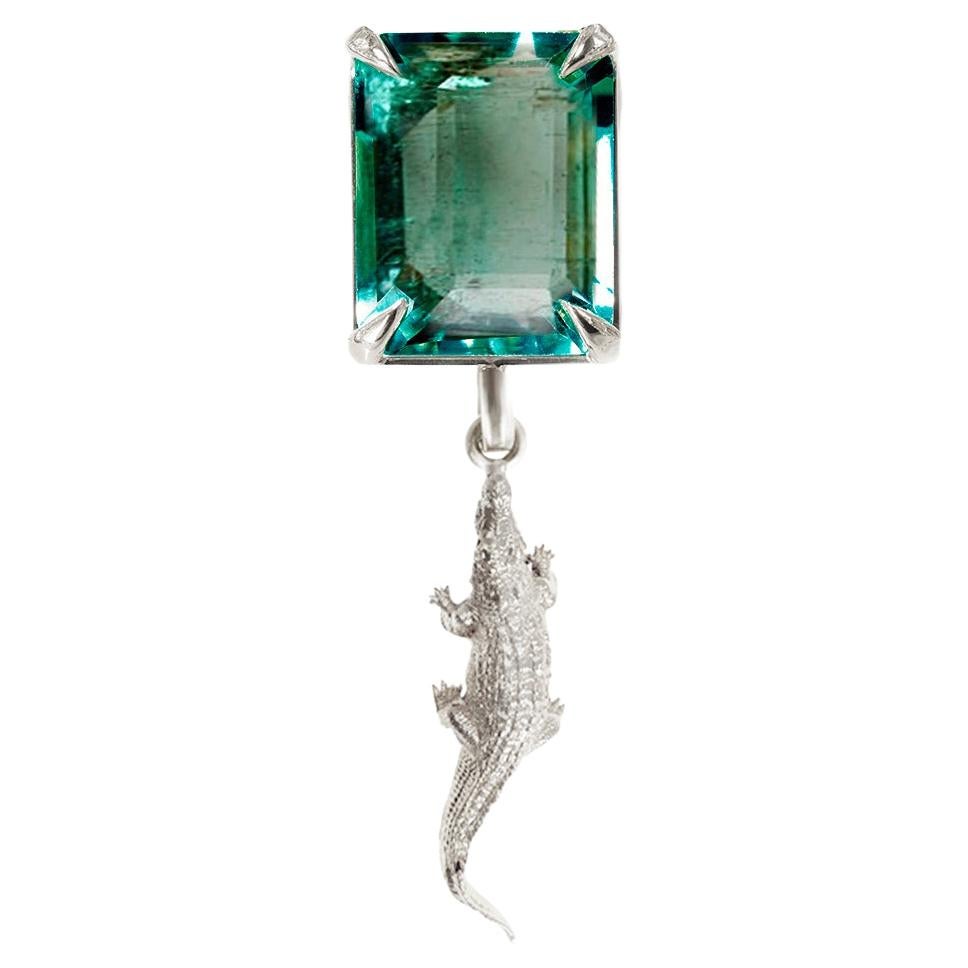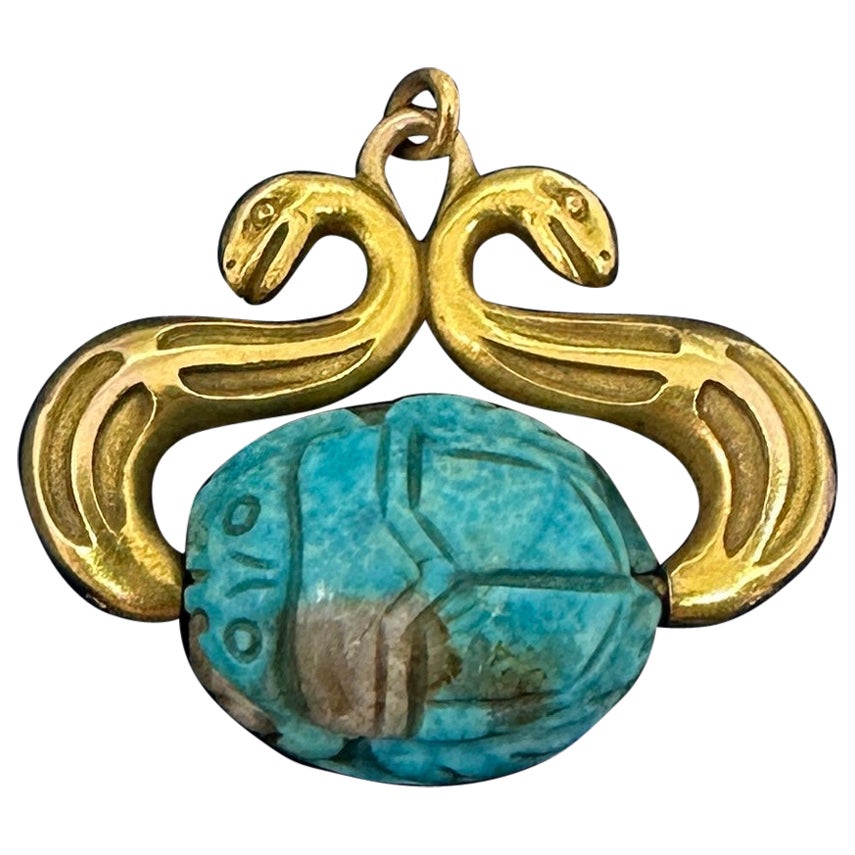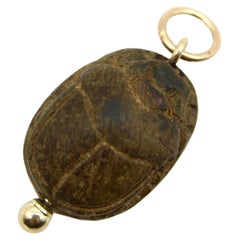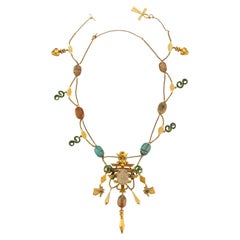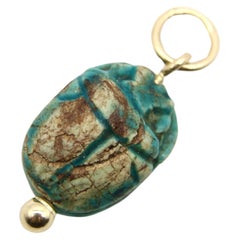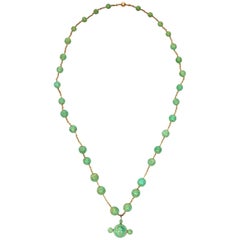
Egyptian Revival Style Faience Pendant Necklace
View Similar Items
1 of 11
Egyptian Revival Style Faience Pendant Necklace
About the Item
- Stone:
- Dimensions:Height: 38 in (965.2 mm)Width: 1.5 in (38.1 mm)Depth: 1.5 in (38.1 mm)
- Style:
- Period:
- Date of Manufacture:1918
- Condition:Wear consistent with age and use.
- Seller Location:St.amford, CT
- Reference Number:Seller: CAROL MARKS 1stDibs: LU4134524171
Authenticity Guarantee
In the unlikely event there’s an issue with an item’s authenticity, contact us within 1 year for a full refund. DetailsMoney-Back Guarantee
If your item is not as described, is damaged in transit, or does not arrive, contact us within 7 days for a full refund. Details24-Hour Cancellation
You have a 24-hour grace period in which to reconsider your purchase, with no questions asked.Vetted Professional Sellers
Our world-class sellers must adhere to strict standards for service and quality, maintaining the integrity of our listings.Price-Match Guarantee
If you find that a seller listed the same item for a lower price elsewhere, we’ll match it.Trusted Global Delivery
Our best-in-class carrier network provides specialized shipping options worldwide, including custom delivery.You May Also Like
Egyptian Revival Brown Faience Scarab Pendant with 14K Gold Mount
Located in Venice, CA
During the early 19th century, the discoveries of ancient archaeological finds influenced and introduced what is referred to as "Egyptian Revival Jewelry." The first Egyptian Revival period began around the 1820’s, inspired by the unearthing of ancient Egyptian ruins during that time. Images such as the scarab beetle, sphinxes, pharaohs, and hieroglyphics became popular motifs in fashion. Pieces were often crafted using a material known as Egyptian Paste or "faience", which is the oldest form of non-clay glazed ceramic and usually found in a range of blue and green colors.
In the 1920’s, there was another unearthing of treasures, making the trend popular once again. This scarab pendant is from that era—the third Egyptian Revival period. The scarab is a brown colored faience bead with tan overtones in its recesses that delineate the shape of the beetle. There are hieroglyphics on the back of the scarab. At the bottom of the scarab is a round 14k gold ball that extends as a wire through the bead and forms a bale at the top.
The pendant measures 1 “ from the bottom of the ball to the top of the bale. The scarab measures 11/16” x 1/2”. The bale measures 5 mm. The piece weighs 2.55 grams. The gold is unmarked and acid tests as 14k.
The scarab is in excellent condition for its age and is ready to hang on a chain of your choice. We have other sizes and colors of scarab jewelry...
Category
Vintage 1920s Unknown Egyptian Revival Pendant Necklaces
Materials
14k Gold, Yellow Gold
Victorian Egyptian Revival Enameled Pharaoh Pendant Necklace
Located in Narberth, PA
During the 19th century, the discoveries of ancient archaeological finds influenced what is referred to as "archaeological revival jewelry," or "Egyptian revival jewelry." The initial Egyptian Revival period flourished from the 1820s onward, and was inspired by ancient Egyptian imagery, such as the scarab beetle, sphinxes, pharaohs, and hieroglyphics.
An incredible and unusual pharaoh pendant necklace from the Victorian Egyptian Revival (ca1880) era! Crafted in 14kt yellow gold, this large, oval-shaped pendant adorns a stunning enameled pharaoh bust...
Category
Antique 1880s Victorian Pendant Necklaces
Materials
Diamond, 14k Gold, Yellow Gold
Antique Egyptian Revival Necklace
Located in New York, NY
Antique Egyptian Revival Necklace, Circa 1866.
A highly unusual Masonic tour necklace with imagery evoking the cult of Isis, comprised of swag
chain...
Category
Antique 1860s Egyptian Pendant Necklaces
Materials
18k Gold
Egyptian Revival Faience Turquoise and Brown Scarab Pendant with 14K Gold Mount
Located in Venice, CA
During the early 19th century, the discoveries of ancient archaeological finds influenced and introduced what is referred to as "Egyptian Revival Jewelry." The first Egyptian Revival period began around the 1820’s, inspired by the unearthing of ancient Egyptian ruins during that time. Images such as the scarab beetle, sphinxes, pharaohs, and hieroglyphics became popular motifs in fashion. Pieces were often crafted using a material known as Egyptian Paste or "faience", which is the oldest form of non-clay glazed ceramic and usually found in a range of blue and green colors.
In the 1920’s, there was another unearthing of treasures, making the trend popular once again. This scarab pendant is from that era—the third Egyptian Revival period. The scarab is a turqoise colored faience bead with brown and beige overtones in its recesses that delineate the shape of the beetle. There are hieroglyphics on the back of the scarab. At the bottom of the scarab is a round 14k gold ball that extends as a wire through the bead and forms a bale at the top.
The pendant measures 15/16“ from the bottom of the ball to the top of the bail. The scarab measures 1/2” x 3/8”. The bale measures 5 mm. The piece weighs 1.63 grams. The gold in unmarked and acid tests as 14k.
The scarab is in excellent condition for its age and is ready to hang on a chain of your choice. We have other sizes and colors of scarab jewelry...
Category
Vintage 1920s Unknown Egyptian Revival Pendant Necklaces
Materials
14k Gold
Ancient Egyptian Faience Funerary Figurine Pendant
Located in New York, NY
An Ancient Egyptian funerary figurine made of faience in a modern gold pendant mounting.
Category
Antique 15th Century and Earlier Egyptian Figurines and Sculptures
Materials
Yellow Gold
Egyptian Revival Pendant, Piel Freres
By Piel Frères
Located in New York, NY
Egyptian Revival Pendant, attributed to Piel Freres from the early 1900's. This started as an antique belt buckle and was converted into a pendant...
Category
Antique Early 1900s French Egyptian Revival Pendant Necklaces
Materials
Silver Plate, Bronze
